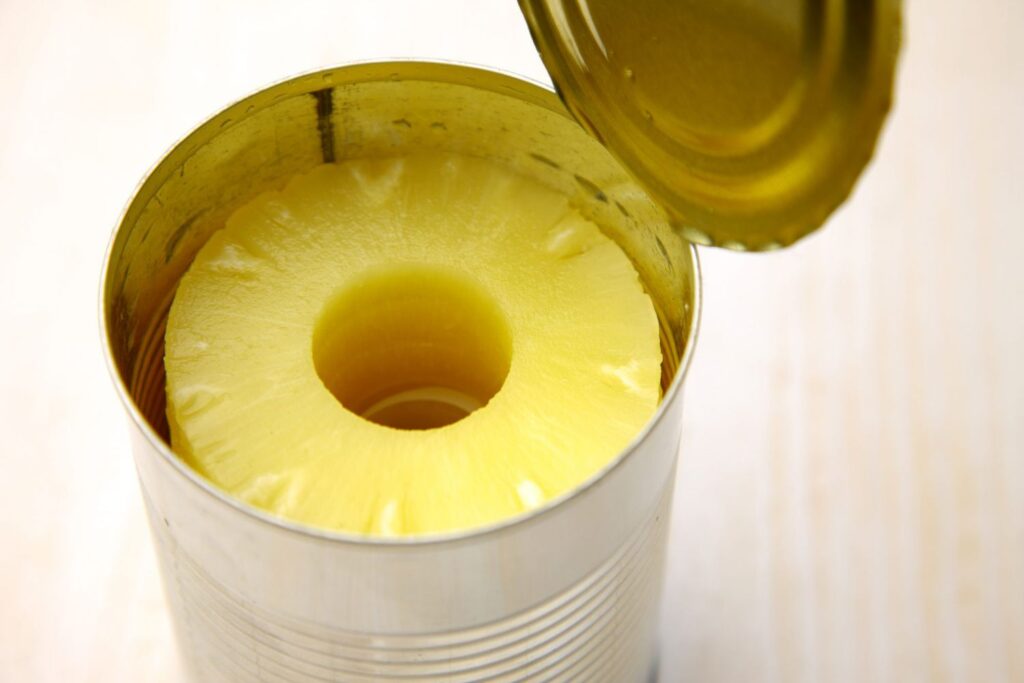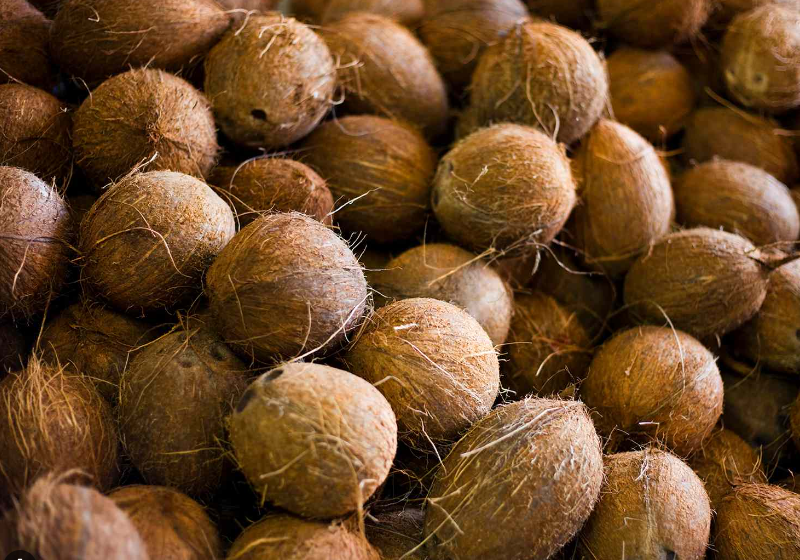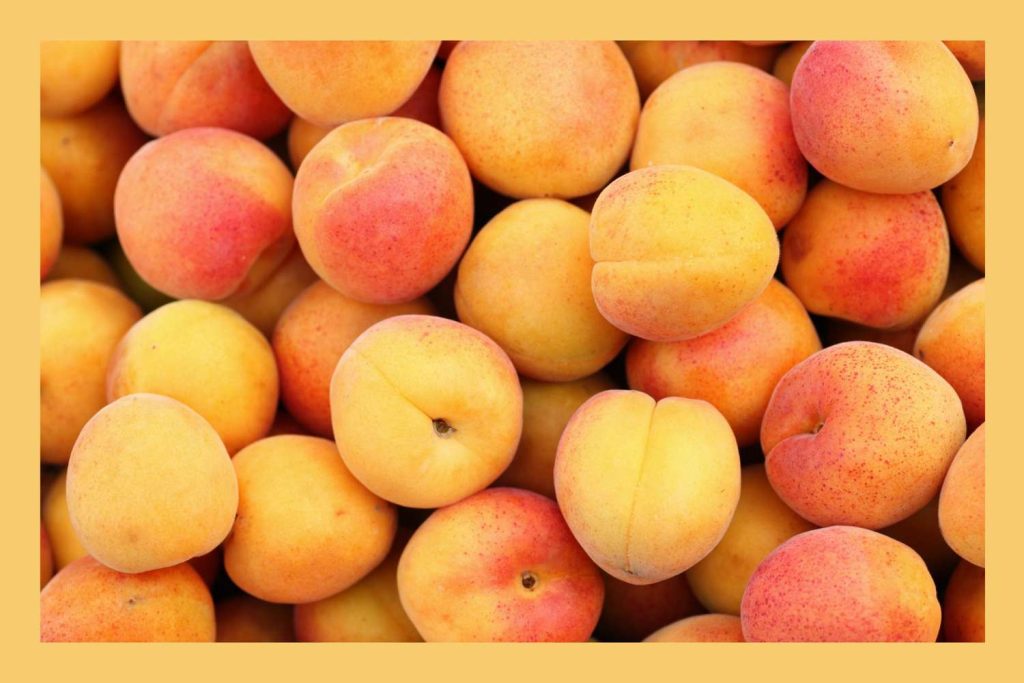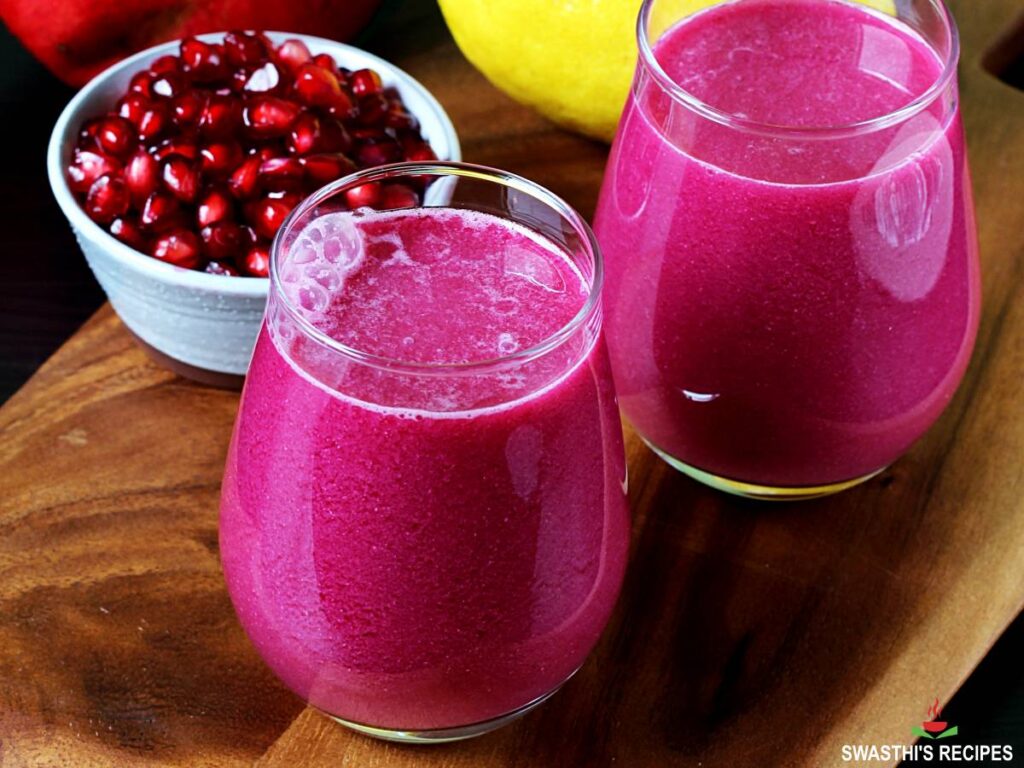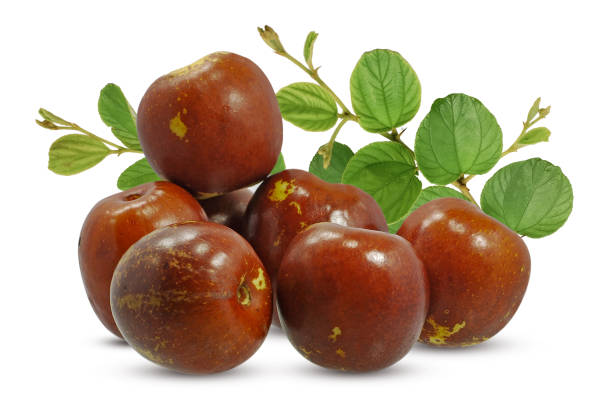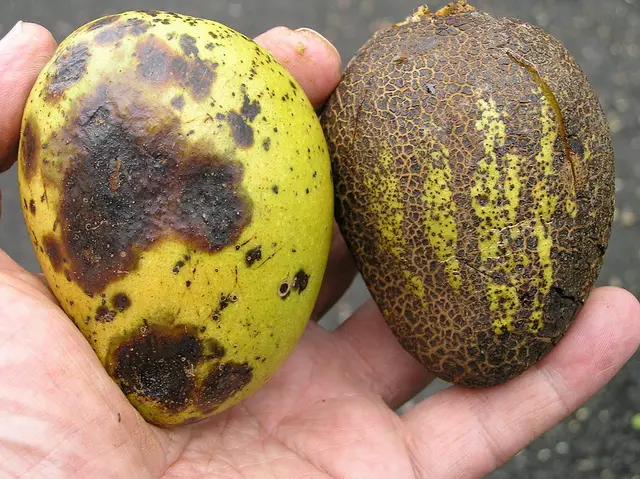If you’re curious about how long you can keep cocoa butter and how to store it properly to ensure it stays fresh, you’ve come to the right place. We’ll talk about the lifespan of cocoa butter and how to store it in this article.
Cocoa butter is a creamy natural fat that comes from cocoa beans. It is created during the chocolate-making process and has a rich texture and the lovely smell of chocolate.
Many food items like chocolates, pastries, and sweets use cocoa butter. It’s also found in lotions and creams because it’s great at moisturizing and taking care of skin.
Cocoa butter melts when it gets warm, between 93-100°F (34-38°C), but stays solid at a cooler room temperature. Inside this butter are good fats, such as stearic acid, oleic acid, and palmitic acid, that make it special for both health and texture.
When it comes to food, the longer you can store it in good condition, the better. This means your food can travel further, there’s less throwing away of food, and it keeps its taste and quality for a good while.
To make foods last, it’s essential to handle and store them the right way from start to finish. This not only meets what customers are looking for but also makes sure the food is safe and enjoyable to eat.
Table of Contents
What Affects Cocoa Butter’s Shelf Life?
Several things can change how long cocoa butter stays good:
- Light: Cocoa butter can go bad quickly if it gets too much light. This can make it oxidize, which affects its color and taste.
- Heat: High temperatures can melt cocoa butter or cause it to spoil. If the temperature jumps up and down, moisture can build up, which might lead to mold and the cocoa butter getting ruined.
- Moisture: If cocoa butter takes in moisture from the air, it can get moldy or spoil. Too much wetness or humidity can make it go rancid, too.
- Air: When cocoa butter comes into contact with air, it can react and become rancid. This will also change its color and how it tastes.
- How You Store It: Putting cocoa butter in a cool, dark, and dry spot helps it stay fresh and keeps its quality longer.
Keeping cocoa butter away from light, heat, moisture, air, and by storing it correctly, you can make it last longer.
So, How Long Does Cocoa Butter Last?
Typically, cocoa butter can last from 2 to 5 years if you store it the right way. You should keep it in a sealed container and put it away from light, heat, and water to keep it at its best.
The lifespan of cocoa butter can differ based on things like the beans used, the process of making it, and how you store it.
Pick good cocoa beans and store your cocoa butter properly by keeping it cool and out of the sun, and you’ll preserve the freshness and taste as long as possible.
Tips to Make Cocoa Butter Last Longer
To keep your cocoa butter good for a longer time, follow these tips:
- Cool, Dark, and Dry Storage: Cocoa butter is best kept in a sealed container in a place that stays between 60-70°F (15-21°C) to keep its quality and freshness.
- Stay Away from Light: Avoid exposing it to sunlight or artificial lights for long periods.
- Limited Air: Air can make it rancid, so keep the lid on tight.
- No Strong Smells: Cocoa butter can pick up other smells, which might change its aroma and taste. Store it far from foods with a strong scent.
- Check for Bad Signs: Smell and taste it before use. Look for weird smells, flavors, or any color changes. If it doesn’t seem right, you should throw it away.
By being careful with how you store cocoa butter, you can make it last and get the most out of it for all your cooking and baking needs!
How to Know If Cocoa Butter Is No Longer Good
Even with a long shelf life, cocoa butter can eventually expire. Watch out for these signs that show it’s time to toss it:
- Bad Smell: If the cocoa butter smells off, sour, or stale, it’s likely not good anymore.
- Not Tasting Right: Any bitter or sour taste could mean it’s bad.
- Looks Different: Changes in color or a cloudy look can signal it’s gone bad.
- Texture Change: If it feels dry, crumbly, or grainy, that could mean it’s spoiled.
- Mold: Mold is a clear sign that the butter should not be used.
Throw away any cocoa butter that shows any of these signs to make sure you’re only using it when it’s safe and still yummy.
buy a new one.If you use cocoa butter that has gone bad, your food might not taste good and it could make you sick. To make sure you don’t have to throw away your cocoa butter, keep it in the right place and look at the expiration date before you cook with it.
